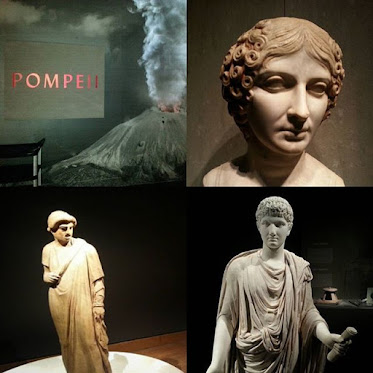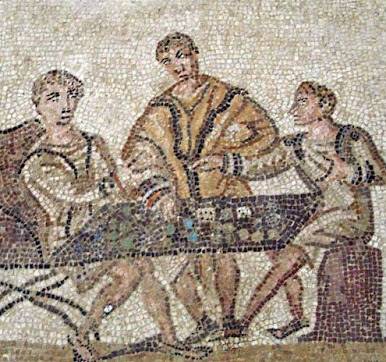
 | On August 24, 79 A.D., Mount Vesuvius erupted, spewing a gigantic cloud of molten rock and pulverized pumice some thirty kilometres into the air. Tons of pumice, rocks and ashes rained down on Pompeii, piling up on the streets and collapsing roofs and walls.
Although the eruption caught the inhabitants completely by surprise, most of them managed to escape. Only those who took shelter indoors were doomed. Paradoxically, the devastating eruption of Mount Vesuvius contributed to preserving much of Pompeii, which remained relatively undisturbed under metres of ashes for centuries. | 

Dog from the House of Orpheus |













No comments:
Post a Comment